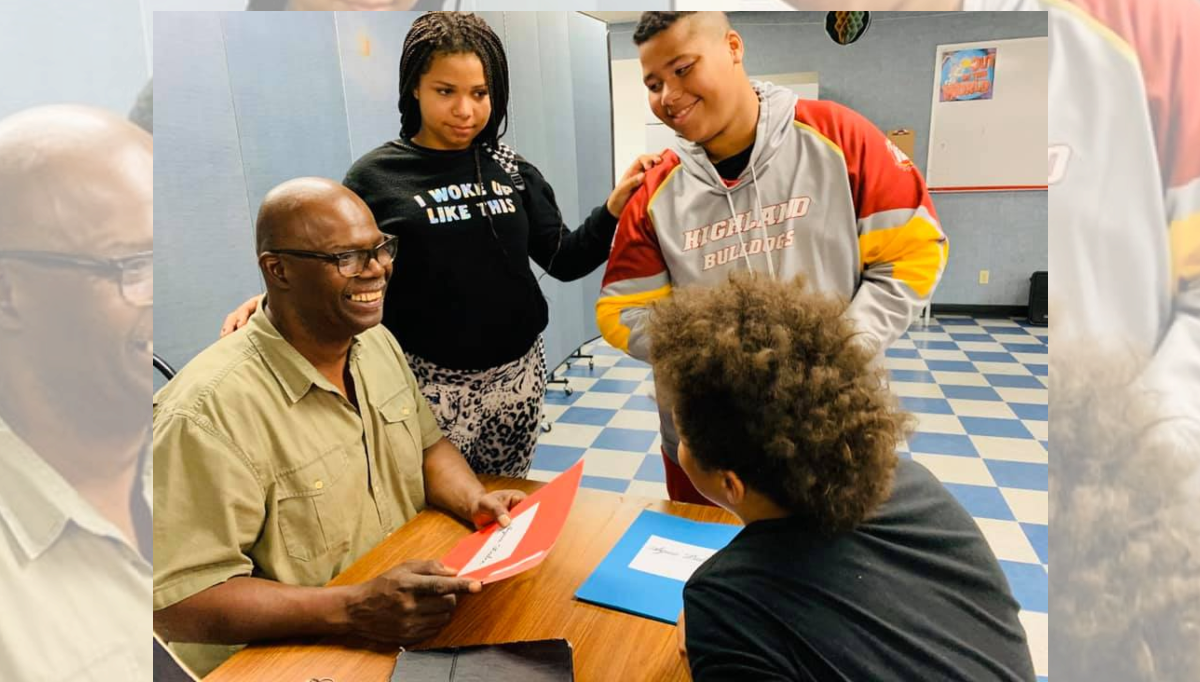
At the heart of the iLEAD Agua Dulce approach to learning is a firm belief that because every child is different, there is a great benefit in education that embraces a learner’s individuality.
Setting goals at the beginning of the school year is very important. The idea of “beginning with the end in mind” is a valuable principle from Stephen Covey’s The 7 Habits of Highly Effective People. With that in mind, one of the core elements of every school year is the development of a learner’s Individualized Learning Plan, or ILP.
At the onset of each school year, learners create an ILP to help guide their instruction. Each learner, along with their family and facilitator, work together to monitor the ILP and make adjustments as needed. The primary goal of the ILP is to ensure that each child will be treated as an individual and, therefore, will work toward attainable goals appropriate to their individual development.
An ILP does much more than help learners navigate a successful path through the school year. It also provides a comprehensive, long-term approach to their education and, in turn, their future career planning. Done right, an ILP can help kids record both their academic and career plans and passions to assess their progress and chart the way forward.
What to Expect in the ILP Process
During the initial ILP meeting, the learner is asked to reflect on what they view as their strengths and challenges, in addition to sharing their interests and any other passions they may have. Parents/guardians are able to add input, and the facilitator shares their observations and data from the assessments.
Using what we know about strengths, challenges, interests, and data, the team develops an academic and social-emotional goal for each learner. It is vital that the learner takes ownership of the goal and the goals are not being enforced upon them. For each goal created, the team sets action plans for home and school to help support the progress toward each goal.
Throughout the year, facilitators put various structures in place that allow for reflection and discussion of ILP goals. In addition to learning the grade-level academic content standards, each learner works toward their individual goals.
Reflection, goal-setting, responsibility, and accountability — lifelong learning outcomes that will truly benefit each learner as they become part of a 21st-century economy. When these principles are at the forefront of a learner’s education year after year, learners become self-directed, successful adults.
Wrapping It Up
Additionally, an ILP is a tool that helps address factors that can sometimes lead learners to disengage, such as academic struggles, lack of supportive relationships with adults, and a sense that school is not relevant to “the real world.” The ILP helps learners take ownership of their education.
The ILP doesn’t work in a vacuum, of course. It’s just one of several effective tools in the iLEAD toolbox, which also includes Project-Based Learning, Social-Emotional Learning, whole-child development, Presentations of Learning, and other components we’ll unpack in future articles. Together, they serve to equip and empower kids for vibrant, promising futures.
Coming up next week, we’ll dive into Project-Based Learning, a foundational element of iLEAD Agua Dulce’s educational approach.
Please join us for iLEAD Agua Dulce High Schools’s 3rd Annual Chili Cookoff. Meet us in the Village on December 18 from 11:30 AM to 1:30 PM to sample all… Read More
At iLEAD Agua Dulce, we are committed to helping our families thrive. If you or someone you know is facing food insecurity, please find below several free meal programs and… Read More
iLEAD Agua Dulce is excited to continue our Schoolwide Learner Outcomes series. Our November focus is authentic individuality. This article has several tips to help you foster authenticity in your… Read More
